Piloting activities have been undertaken in order to test and improve the tools developed by the Action.
These tools form the basis for pilots in several Member States designed to show the benefits of using interoperable solutions in managing public service descriptions as well as the value of technology in facilitating their harmonisation. Setting up and executing pilots is imperative for demonstrating the benefits and value of these solutions in real-world contexts. In addition, by implementing them in a variety of countries and environments, we are able to demonstrate the reusability, adaptability, and scalability of our solutions.
The pilots have demonstrated the value of the tools, offering clear, tangible results of the Catalogue of Services Action, showing how they help deliver greater interoperability and more efficient exchange of information between Member States. In addition, by providing technical support, this Action helps support Member States in improving their underlying systems.

Known reuse of the CPSV(-AP)
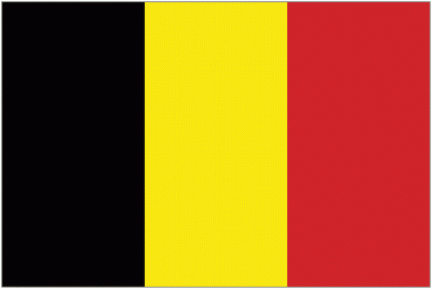
|
Belgium used the CPSV-AP as a common vocabulary in the context of a pilot to harmonise public services data from different regional sources and centralise them into a common system that can visualised on a user-centric portal. The region of Flanders in Belgium adopted a translated and slightly updated version of the CPSV-AP as their regional model for describing public services. They are currently in the process of implementing their model in a regional catalogue of public services. |
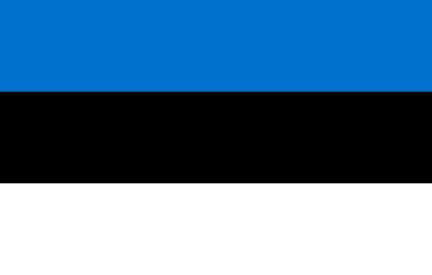
|
Integrated portfolio management of public services. The Estonian Ministry of Economic Affairs created an extension of the CPSV to address local needs, as well as to cover the public service lifecycle. New classes and properties were introduced to cover information related to security, evaluation and the underlying Web Service(s) supporting the delivery of a public service. The extended CPSV is also the basis for the Estonian framework for the dynamic management of public service portfolios (focused on the evaluation of public services and the governance of their lifecycle). Estonia also reused the standard data model to develop a metadata harvesting solution based on the CPSV-AP to define a common vocabulary for describing public services in a machine-readable format. In addition, they ran a pilot with Finland for which they used the CPSV-AP and tools to create a cross-border catalogue of public services as well as a user-centric website to visualise the data. |
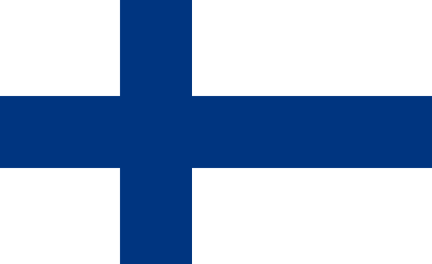
|
Finland used the CPSV-AP as inspiration to create a national data model. They reused classes and properties of the CPSV-AP and tailored the model to their needs. In addition, they ran a pilot with Estonia for which they used the CPSV-AP and tools to create a cross-border catalogue of public services as well as a user-centric website to visualise the data. |

|
The Region of Epirus in Greece used the CPSV-AP to model a subset of their public services catalogue and used the suggested procedure to turn them into linked data. They required an update of the CPSV-AP spreadsheet using relevant attributes of the CPOV to be able to show the link between a public service and the organisation providing the service. |

|
Ireland used the CPSV-AP as inspiration to create a national data model. It reused classes and properties of the CPSV-AP and tailored the model to their needs. |

|
The Agency of Digitisation in Italy has developed the CPSV-AP_IT, a national data model that extends to CPSV-AP to include country-specific characteristics. They are currently implementing their model in a national catalogue of public services. To do so, they are collecting public services descriptions from different sources across the country and automatically validating the descriptions using an adapted version of the CPSV-AP Validator. The Autonomous Province of Trento is also using the CPSV-AP to describe public services through a distributed Content Management System (CMS), called ComunWeb, which is used by several local authorities. The CMS shares a common data model that includes the CPSV-AP.
|

|
Portugal developed the CPSV-AP-PT, a national data model that adapts the CPSV-AP to include country-specific characteristics. They are currently implementing their model in a national catalogue of public services. In addition, Portugal is working on a pilot with Spain for which they are using the CPSV-AP and tools to create a cross-border catalogue of public services as well as a user-centric website to visualise the data. |
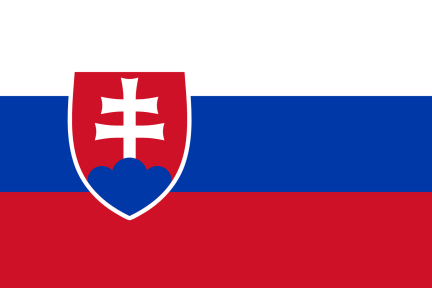
|
Slovakia is working on a national data model based on the CPSV-AP, i.e. the CPSV-AP_SK, to support the mapping of the Slovakian central meta information system of public administration (MetaIS Open Data Portal) to the CPSV-AP. |
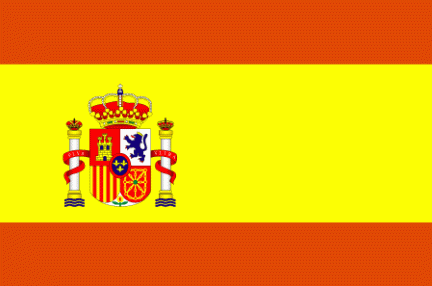
|
Spain is working on a pilot with Portugal for which they are using the CPSV-AP and tools to create a cross-border catalogue of public services as well as a user-centric website to visualise the data. |

|
The Netherlands reused certain CPSV-AP tools while running a pilot to develop a simple way of creating public service descriptions matching the Dutch national data model, i.e. Samenwerkende Catalogi. They adapted the public service description editor to allow for the one-time creation of standardised public services descriptions by Public Administrations and allow for the widespread dissemination and reuse of the information at the national and European level. |
What is the process for requesting and conducting a pilot with the Catalogue of Services Action ?
- The Member State notifies the Action of its interest in piloting activities via the contact form.
- Discussions between the Member State and the Action take place in order to identify the needs and the scope of the potential activities.
- The Action translates the needs into support activities and validates them with the Member States.
- The Action performs the agreed piloting activities in collaboration with the Member State.
- Once the piloting activities have been carried out, a regular follow-up process is set up.

